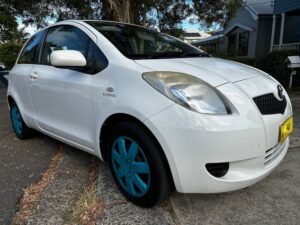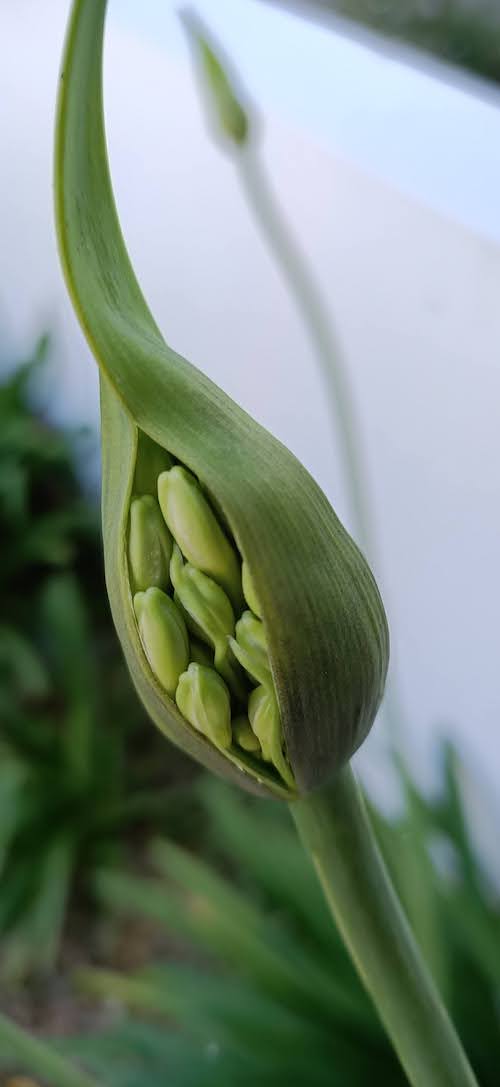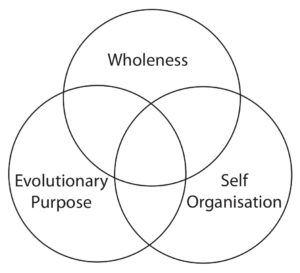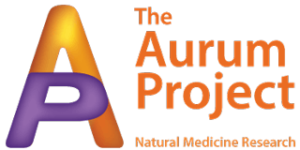It's official “Teal'' is the 2022 Macquarie Dictionary Word of Year.
This version of the word Teal is linked to an independent political candidate holding moderate views and supporting strong climate change policy and action with integrity in government. That’s all pretty cool, but not what we, The Aurum Project, mean when we use “Teal” to describe our organisation structure.
Step into the Teal journey with me for the rest of this blog. I hope you're interested to find out more, as we are interested to share it with you!
Since 2019, The Aurum Project has been viewing our activities and research through the lens of a Teal Organisation. I’ll explain below what we mean by this. It doesn't mean that we changed the colour scheme of our building (though some of us have upgraded our hubcaps - check out these on Linlee’s car).

Linlee Jordan's modified teal wheels!
We realised our way of operating at The Aurum Project is a little different to a traditional research organisational structure. This difference is explained neatly by Frederic Laloux’s insightful work “Reinventing Organizations” where he outlines what he calls a Teal hierarchical Organization.
There are three main pillars in a Teal group: self organisation, wholeness and evolutionary purpose
Self organisation is a big factor - the group of people figure out what they are going to do, there is no hierarchy telling them how or what to do. Another major factor is being and bringing your full self, not just your professional persona, into the group. And the final factor is evolutionary purpose, the reason you exist as a group. It's a lot more than a mission or a vision. It’s a dynamic process, one that continually evolves, where the group is regarded as its own entity, has a life and a trajectory of its own. Members sense and respond collectively to the group's changing directions and readjust accordingly, together.
This is the Teal we are talking about. I’ll get onto explaining more fully what that means in a moment.

Back in 2019, while on a bus in New Zealand I was looking out the window into the countryside that was eroded and degraded. In some sections the trees had been clear-felled, and it was pretty clear that within a few heavy rain events the land was going to become seriously damaged.
It was a visual metaphor on how some in the homeopathy community in Australia felt after the National Health and Medical Research Council report was published in 2015, which claimed there was no evidence to support homoeopathy being effective in healing any health condition. Despite over 200 years of clinical practice, by hundreds of thousands of practitioners and doctors, and the countless experiences of homoeopaths and their patients in clinic, there apparently was insufficient evidence to support the claim that homeopathy works. IS there the evidence on the effects of homeopathy? There sure is - visit the HRI site and get connected to high quality international studies and more facts about homeopathy.
You can read more about the intrigue and ongoing campaign Your Health Your Choice that arose from this report being published by a prestigious international organisation, as well as the fallout that continues to impact natural therapies in Australia. The movie “Just One Drop” shines a light into the story, which reads like a fiction novel, and yet it really did happen.
Remember - I'm on the bus and the landscape is in serious jeopardy……and I'm travelling along with this history, story and lived experience as part of my frame of reference.
A bit further along I could see that a farmer had tried to remediate an eroded landscape by putting little furrows into the land, planting grass seeds that grew, connected to each other. They spread to stabilise the slope.
By making small changes to the landscape the farmer was creating a strong and integrated surface, rather than having the topsoil and deeper layers of land be eroded by strong weather events.
This background was the seed for the idea: what can The Aurum Project do as a research organisation to help build sound research on the potential of homeopathy to assist people in their health care? What can we do to stop homeopathy eroding in Australia? What can we do, when we have so few homoeopaths in Australia and an ageing population of homeopaths?

Fitting Pod Image Source: Rosemary Shapiro-Liu 2022
The idea of forming groups we could call Research Pods came. I spoke with Linlee Jordan and Sunny Goddard, and we started to think about how to do it.
Q: How do we bring this idea of Pods and make it real? What is a Pod?
A: Small group of practitioner researchers, working together, learning together, supporting each other on a research topic that is decided by them. When we bring Laloux’s pillars of Teal into the picture we have three themes critical to our Pods.
Wholeness: What does it mean when we don't separate our professional personae from the rest of ourselves, but instead bring our whole selves to a project? Sunny talks briefly about Wholeness in this video from the September 2022 Cluster.
The second important issue is evolutionary purpose. This is a dynamic factor, where the impulse of the group is constantly finding its way to be expressed. It's not dictated from outside the Pod, but is generated from within by the members. It is also where the values and purpose of the organisation are seen, through the actions of the Pods. This is probably the most difficult aspect to really get to grips with to understand. Much of the world around us, for example groups, organisations and institutions tell us what they are. In doing so it conveys to us a very fixed idea of the group and its purpose. The dynamic aspect is how this purpose emerges, rather than it being imposed on the group. Sunny talks a little bit about this in our November 2022 cluster session.
The third and final unique characteristic of a Teal organisation is self organisation. Each of our Pod’s are independent and organise their project and activities themselves. There is no hierarchical structure to fit into, or to pass the decision making up or down. Each Pod has a representative to engage with the outside world, and the Pod can access and utilise standard research tools and processes when required. For example they apply for ethics approval as required for projects where it is needed. All members contribute equally and are involved in all aspects of the research including decision making. This is very different from most research teams. Look out for a short video explaining this in 2023.

Diagram: The three main pillars in a Teal group
I hope that this has expanded your thinking about The Aurum Project.
Interestingly the second word of the year after teal is truth telling, “the act of relating the factors of a situation without embellishment or dilution applied as a justification for the actions taken”. This speaks directly to the reckoning white Australia needs to make with its First Nations history. It also applies to how we share our information here at The Aurum Project, without embellishment, apology or dilution. Great !!
Sunny Goddard and I have written about this type of hierarchical organisation structure and other aspects of Pods in our published article in Similia: The Journal of the Australian Homeopathic Association, called Research Pods: building community resilience and research together: A team approach designed to enhance community resilience and research output for practitioners of homoeopathy in Australia.
